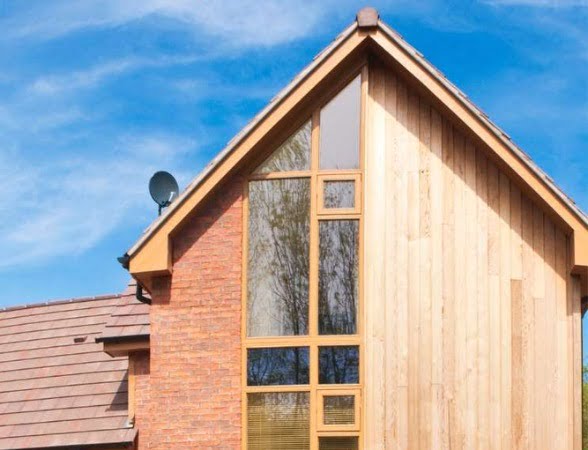Free Call Now
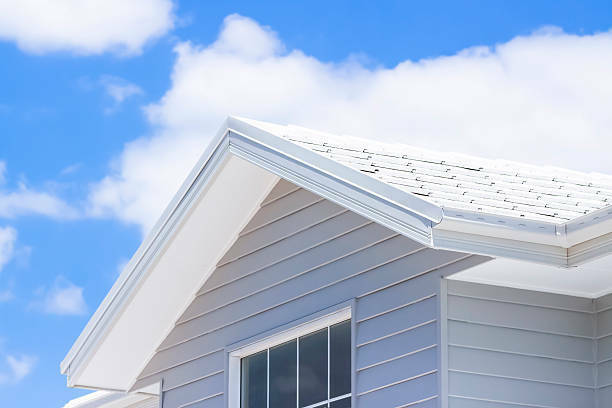
In the past, external cladding materials were limited in terms of style, durability and availability. They were often expensive, inferior, and not always very attractive!
These days, however, there's a fantastic range of cladding options, opening up a whole new world of possibilities when it comes to enhancing and improving the exterior walls of your Longframlington home. In addition to an increased range of styles, colours and textures, modern innovations have produced more robust and durable cladding materials, making this option a fantastic investment.
If you're considering external wall cladding for your property, then this is the perfect place to start...
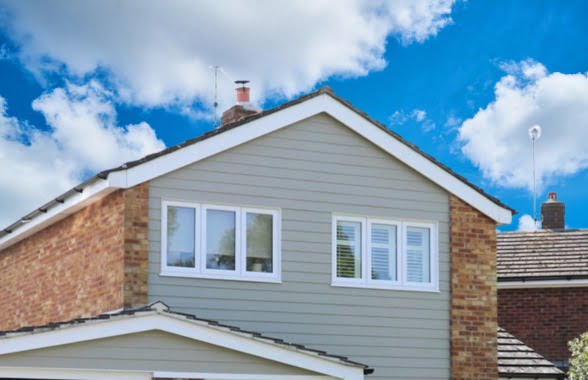
While our main focus is providing professional house rendering services, we are also experts at installing house cladding. Often, the two skills are combined, with stunning results!
In our experience, the main difficulty seems to be choosing which cladding type you want, as each example offers its own appeal and advantages.
Here's a list of the types of external house cladding we provide in Longframlington, along with a brief description to help you decide.
We offer a great range of different cladding options, including the following examples:
Made from real brick slips, this attractive cladding offers a timeless and popular option for house exteriors.
Real stone cladding offers a natural and luxurious aesthetic to any outer wall, with exceptional weather resistance and durability. Options include granite and sandstone.
Slate cladding offers a natural and elegant look for your house exterior. Its unique variations in colour and texture add a touch of character and sophistication that complements various architectural styles.
Eco-Friendly Choice - Slate is a natural and sustainable material, making it a good option for environmentally conscious homeowners.
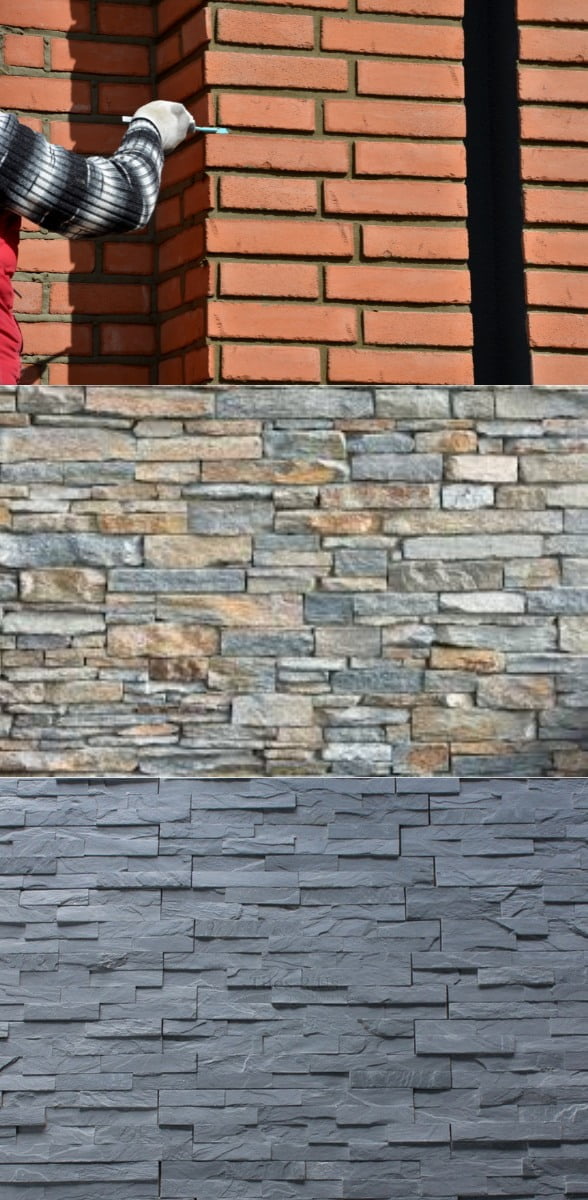
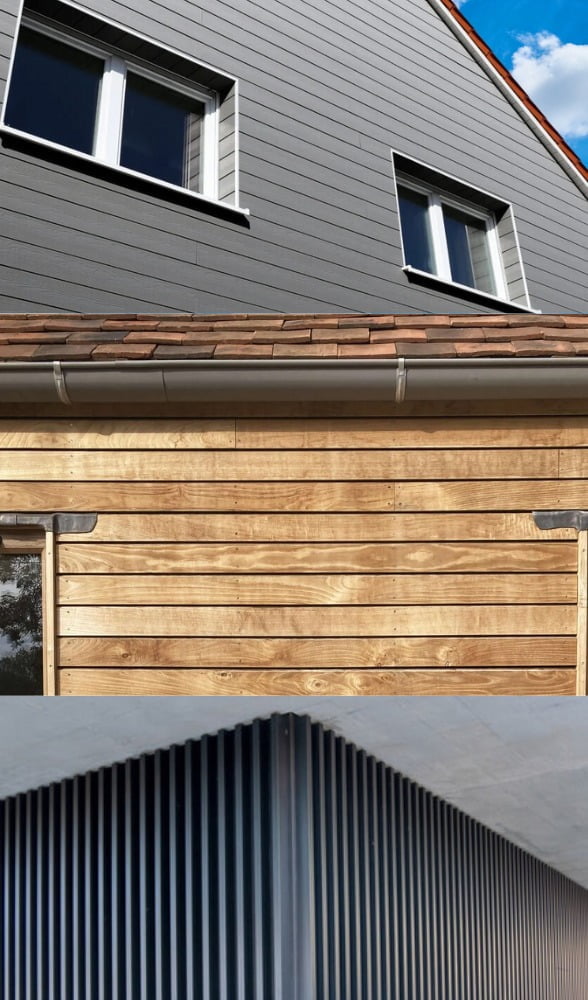
Wood cladding provides a warm and natural look, with good insulating properties. It's available in various profiles and can be treated for weather resistance. Popular options include cedar, spruce, and Siberian larch.
Effectively, this is uPVC cladding designed to imitate the appearance of wood. This cladding boasts a vibrant personality with a wide range of colours and textures to choose from. Its built-in UV resistance, thanks to a titanium dioxide shield, keeps it looking fresh for years to come. Simply install it and enjoy the lasting kerb appeal!
Metal cladding offers a sleek, contemporary aesthetic and excellent durability. Steel, zinc, and aluminium cladding are popular choices due to their lightweight properties, as well as being weatherproof and low maintenance. Many of these metal exterior cladding examples can be painted in various colours and even fabricated to resemble other materials like wood.
Design Flexibility - Available in a wide range of colours and can even mimic the appearance of other materials.
Also known as plastic cladding or vinyl cladding, this is a low-maintenance option. It is lightweight, easy to install, and available in a wide range of colours.
Fibre cement boards are made from a blend of cement, cellulose fibres (wood pulp), sand, and water. They resemble natural materials like wood or stone but are more durable and require less maintenance.
Composite cladding, a combination of wood fibres and plastic polymers, offers the aesthetics of natural timber with lower maintenance requirements. This composite material is resistant to rot, moisture, and insect damage.
Made from toughened safety glass panels, glass cladding offers a modern, high-end look for your property.
If you are interested in any of these types of house cladding materials, contact us for more details and professional advice.
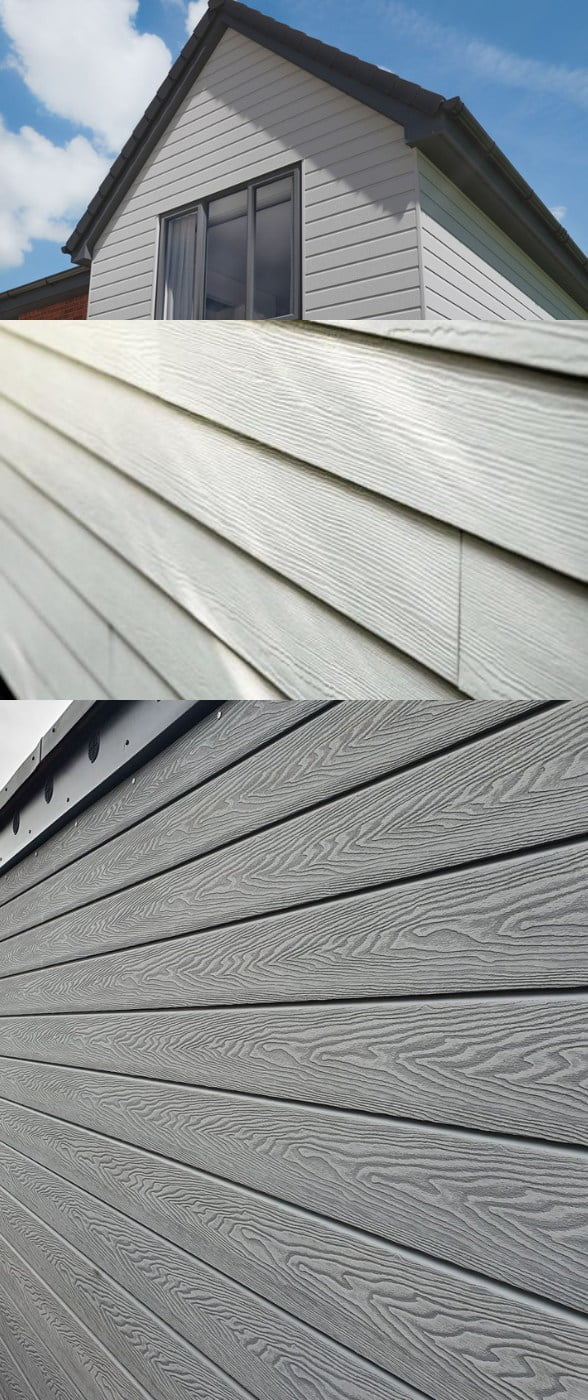
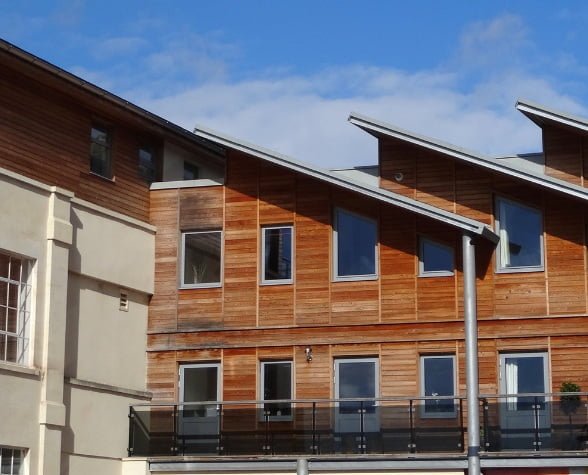
While this comes down to personal preference, to some extent, there are other factors to consider, such as:
Traditional materials, like natural stone cladding and brick slips, look great and offer rustic appeal, although many of our clients prefer modern synthetic materials.
We've listed some of the more popular types of house cladding materials above, along with their best qualities. When you contact us, we will discuss the best option for your individual circumstances.
Prices will vary depending on the cladding materials you choose and the amount of cladding required for the project. You also need to consider material and labour costs, as well as any other cost factors such as scaffolding (if required), waste disposal and building regulations.
Even so, we can provide a rough estimate per square metre to give you an idea of the cost:
However, for an accurate costing, call our helpful team and they will be pleased to advise you!
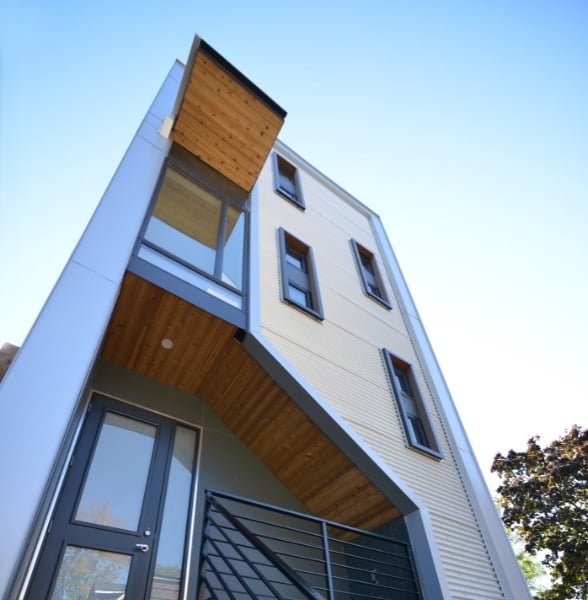
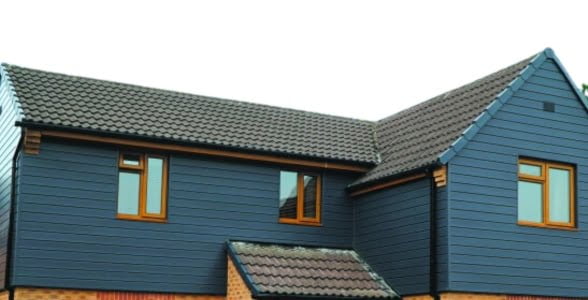
On average, a typical house cladding project in Longframlington will take the Render Hero team between two and five days to complete.
Please note that some cladding types require different fixing methods, such as a framework of timber battens attached to the external walls. This can significantly increase the cladding installation time.
Generally speaking, house cladding falls under your 'Permitted Development rights'. These rights allow you to carry out building and repair works without seeking planning permission from your local authority in Longframlington.
However, there are exceptions to these rules that you need to be aware of:
First, PD rights typically apply to houses, not flats or maisonettes.
You likely won't need permission if your house is in a typical residential area. But if your property is in a special location, such as a:
Then you'll need to apply for planning permission before cladding your house.
Listed buildings are also covered by strict regulations, so you'll need to contact the local planning office for details.
Permitted Development rights usually allow cladding that uses materials similar in appearance to those already on your house. So, replacing brick with brick cladding likely wouldn't require permission. But significantly altering the look of your house with a different material might.
Even in normal residential areas, your local council may have restrictions on cladding through 'Article 4 directions'. It's always best to check with your local planning authority to discover whether you need permission for your specific project.
In addition, common courtesy dictates that you should advise the owners of neighbouring properties if you live in a terraced or semi-detached house.
You might also want to advise your structural insurance provider in case they have any stipulations as to the types of house cladding materials allowed under the terms and conditions.
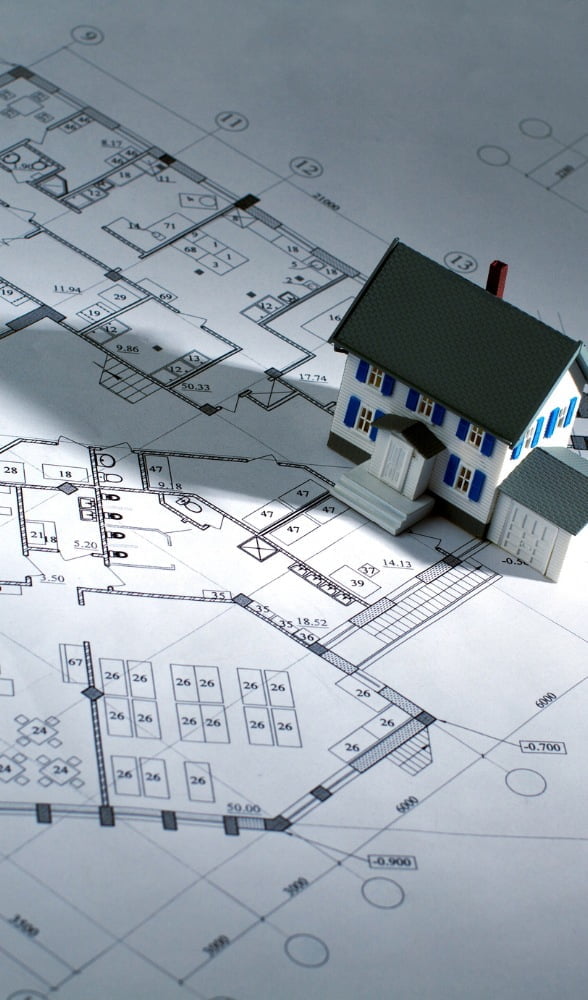
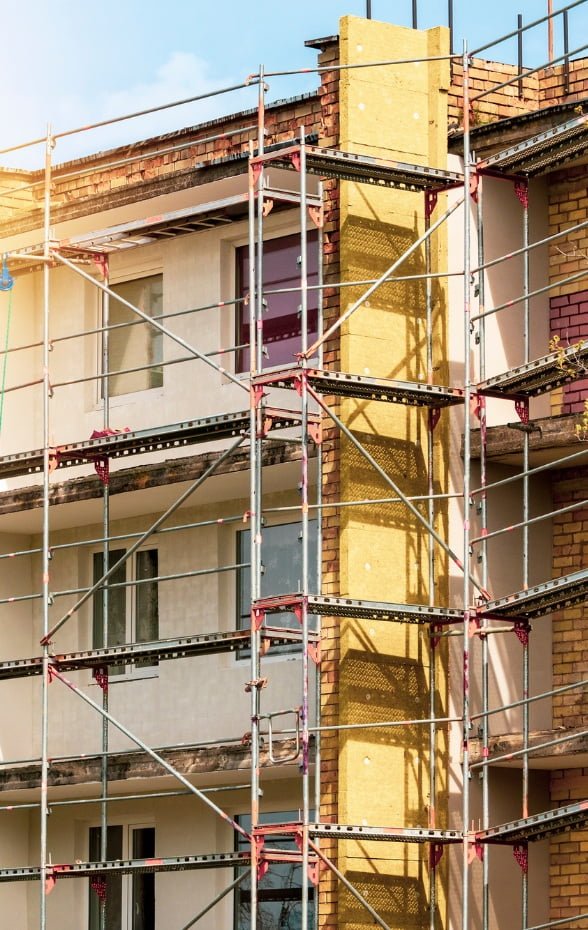
If you plan to add cladding or render to your property, you might want to consider external wall insulation for extra protection.
While most houses in Longframlington constructed after 1990 should be insulated relatively well, properties built before this could suffer from problems with damp, condensation and mould, due to inferior methods and materials.
Also, many houses constructed before 1920 had solid walls rather than two walls with a cavity in between.
EWI is essentially a coat for the outer leaf of your house walls. It's a layer of insulating material applied to the outside of your existing walls, creating a thermal barrier that keeps your home comfortable and saves you money.
Here's why EWI can be a great idea for your house:
Reduced Carbon Footprint. EWI helps you reduce your carbon footprint by using less energy for heating. This is good for the environment and contributes to a more sustainable future.
Breathe new life into your property with Render Hero's professional house cladding service. We offer a wide range of high-quality cladding materials to suit your style and budget, from sleek modern panels to timeless brickwork.
Whether it's a self-build project, a contemporary extension, or an upgrade to your existing home, our expert team will ensure a flawless installation, transforming your home's exterior and boosting its thermal performance.
Not only will you benefit from increased energy efficiency and weather resistance, but a beautiful new facade with a stunning decorative finish will add lasting kerb appeal to your property. Contact Render Hero today for a free quote and discover the perfect cladding solution for your home.
